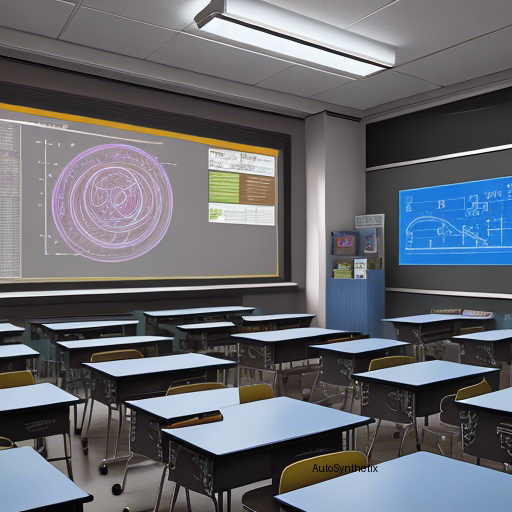Introduction
The world of modern education thrives upon the seamless blend of traditional pedagogy with innovative technological advancements. This equilibrium fosters efficient teaching methodologies, making academic assessment more effective than ever before. Among these techniques lies the popular use of multiple-choice questions (MCQs), known for their expedited evaluation and unwavering reliability across various disciplines. However, the creation of quality MCQs, particularly those incorporating apt 'distractors,' still poses a significant challenge due to human effort intensiveness. Enter artificial intelligence – a potential game changer! Let us delve deeper into a groundbreaking research exploring automating mathematical MCQ distractor generation through harnessing powerful large language models.
Automated Distractor Generation Context
Published within the realm of arXiv, the collaborative efforts of researchers Wanyong Feng, Jaewook Lee, Hunter McNichols, Alexander Scarlatos, Digory Smith, Simon Woodhead, Nancy Otero Ornelas, and Andrew Lan have illuminated a novel approach towards addressing the issue above. Their primary focus centers around leveraging state-of-the-art large language models (LLMs) in generating distractors for mathematics-centric MCQs. By doing so, the team aims to revolutionize the way educators create comprehensive exam materials efficiently.
Methodology Employed & Experimental Outcomes
This ambitious endeavor employs a diverse range of strategies based on LLMs, such as in-context learning methods coupled with finetunings, aiming to optimise the output generated. Realistic data was sourced from authentic math MCQ datasets allowing the team to gauge performance accurately. Conducting rigorous experimentations, the findings reveal promising yet somewhat nuanced outcomes. Although the LLMs under investigation demonstrated a knack for producing logically sound distractors, there remained room for improvement concerning predicting genuine missteps made by actual learners during tests.
Conclusion - Bridging Gap Between Potential And Reality
While the journey towards fully operationalized automatic distractor generation may appear longer, the strides taken in this path-marking exploration undoubtedly ignite hope for future refinement. Developers, academicians, and tech enthusiasts alike eagerly await further breakthroughs integrating sophisticated algorithms like advanced LLMs with established educational frameworks. Such synergies will potentially transform how instructors prepare insightful evaluatory tools, paving new ways for both personalization and standardization in the field of education technology. |]
Source arXiv: http://arxiv.org/abs/2404.02124v1
